The world of classical music is replete with masterpieces that continue to captivate audiences centuries after their creation. Among these, Mozart's "Jupiter" Symphony, officially known as Symphony No. 41 in C Major, K. 551, stands as a towering achievement. Its final movement, in particular, has long been celebrated for its ingenious fusion of sonata form and fugal counterpoint—a structure so meticulously crafted that scholars and musicians alike have dubbed it the "Jupiter Fugue Matrix." This term refers not just to the fugal passages themselves but to the intricate web of musical ideas that Mozart weaves throughout the movement, creating a dense yet exhilarating tapestry of sound.
What makes the Jupiter Fugue Matrix so remarkable is its seamless integration of contrasting styles. The movement opens with a lively, almost playful theme, typical of the Classical era's clarity and balance. Yet, as it unfolds, Mozart introduces a series of fugal entrances, layering melodies with the precision of a Baroque master like Bach. The result is a synthesis of two seemingly opposing worlds: the structured elegance of the High Baroque and the expressive freedom of the Classical period. This synthesis is no accident; it reflects Mozart's deep understanding of musical history and his ability to transcend stylistic boundaries.
The fugal sections of the Jupiter finale are not merely decorative. They serve as the architectural backbone of the movement, providing both structural cohesion and dramatic tension. Each fugal subject is meticulously developed, often combined with other themes in dazzling contrapuntal displays. One of the most breathtaking moments occurs in the coda, where Mozart superimposes all five of the movement's principal themes in a final, triumphant climax. This moment, often described as a "contrapuntal miracle," is a testament to Mozart's unparalleled genius for musical construction.
Beyond its technical brilliance, the Jupiter Fugue Matrix resonates on an emotional level. The movement's exuberance is infectious, its energy seemingly boundless. Yet, there are also moments of profound tenderness, particularly in the lyrical second theme. This emotional range is a hallmark of Mozart's late style, where technical mastery and expressive depth exist in perfect harmony. Listeners may not consciously grasp the complexity of the fugal writing, but they invariably respond to its vitality and beauty.
Modern scholars continue to debate the influences behind the Jupiter's finale. Some point to Mozart's study of Baroque masters, particularly Handel and Bach, whose works he encountered in his later years. Others suggest that the fugal elements reflect the growing interest in "learned style" among late 18th-century composers. Whatever its origins, the movement represents a pinnacle of Western art music—a work that challenges performers and delights audiences in equal measure.
For contemporary musicians, the Jupiter Fugue Matrix remains both an inspiration and a formidable challenge. Conductors must balance the movement's transparency with its complexity, ensuring that each contrapuntal line is audible without sacrificing the overall momentum. String quartets and chamber orchestras often perform arrangements of the symphony, drawn to its intricate interplay of voices. Even in these reduced formats, the fugal writing retains its power, proving that great music transcends its original instrumentation.
As we revisit Mozart's Jupiter Symphony in the 21st century, its finale continues to astonish. In an age of fleeting digital content, the enduring appeal of this 18th-century masterpiece speaks volumes about the human capacity for artistic achievement. The Fugue Matrix is not just a historical curiosity; it's a living, breathing testament to what music can achieve when intellect and emotion, tradition and innovation, are fused with uncompromising artistry. For those willing to listen deeply, the Jupiter's finale offers endless revelations—a musical universe contained within a single, extraordinary movement.
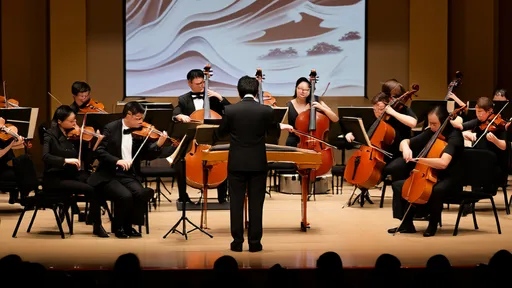
By /Jul 17, 2025

By /Jul 17, 2025
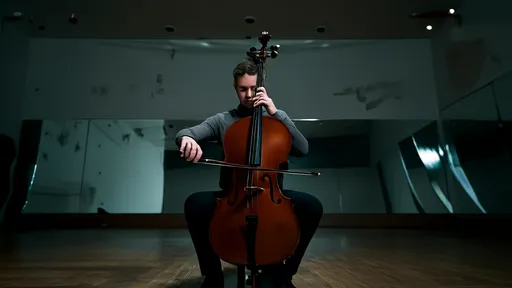
By /Jul 17, 2025

By /Jul 17, 2025

By /Jul 17, 2025

By /Jul 17, 2025

By /Jul 17, 2025
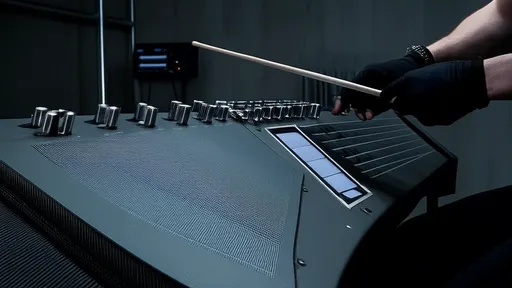
By /Jul 17, 2025

By /Jul 17, 2025

By /Jul 17, 2025

By /Jul 17, 2025
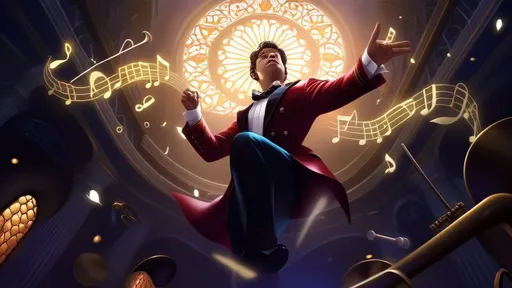
By /Jul 17, 2025
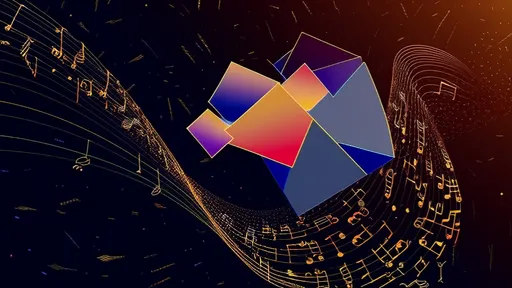
By /Jul 17, 2025
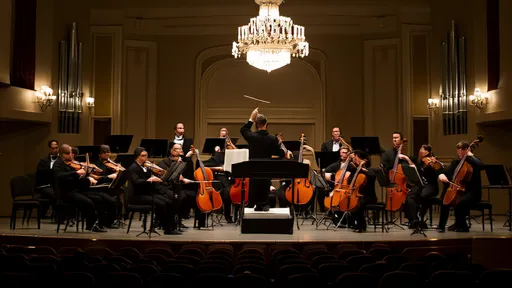
By /Jul 17, 2025
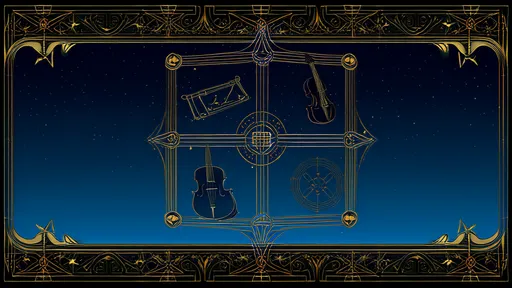
By /Jul 17, 2025

By /Jul 17, 2025

By /Jul 17, 2025
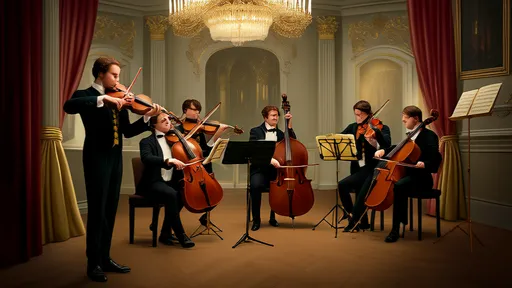
By /Jul 17, 2025